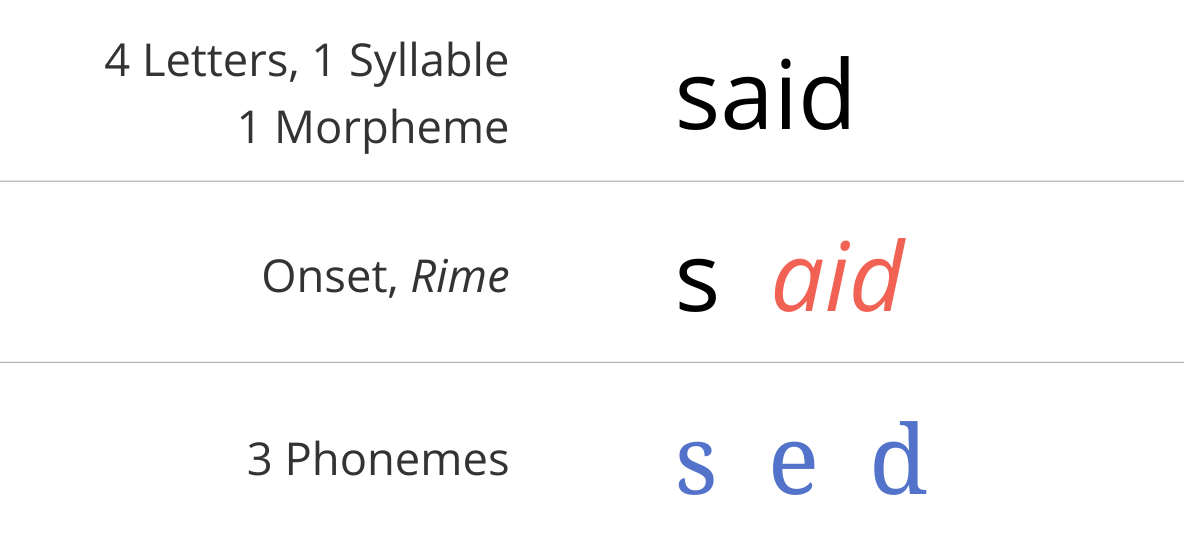I am flying. No plane, no wings, just me soaring over rooftops with a mild flip in my belly as I dip closer to the grid of city streets. I lean to the right to curve past a skyscraper, then speed up and tilt left to skirt by a tree. There has been an earthquake and I am looking for a lost child who is diabetic and needs insulin.
This is not a dream. I am awake, wearing my normal clothes – no cape or leotard – standing squarely on both feet in a room of the virtual reality laboratory at Stanford University.
About 70 test subjects have done the same simulation, half of them flying in a virtual helicopter, the other half granted the virtual superpower of flight. Half from each group have a mission: find and save the lost child.
After the simulation, head gear returned to a hook on the wall, a researcher reaches for her clipboard to ask a few questions. She accidentally knocks over a tin of pens. In sociology studies, this is a classic trick for measuring altruistic intent. The test subjects who flew Superman-style rushed to help clean up the spill. They responded four seconds faster and picked up two more pens on average than the helicopter passengers.

e = get, head
Dive into said